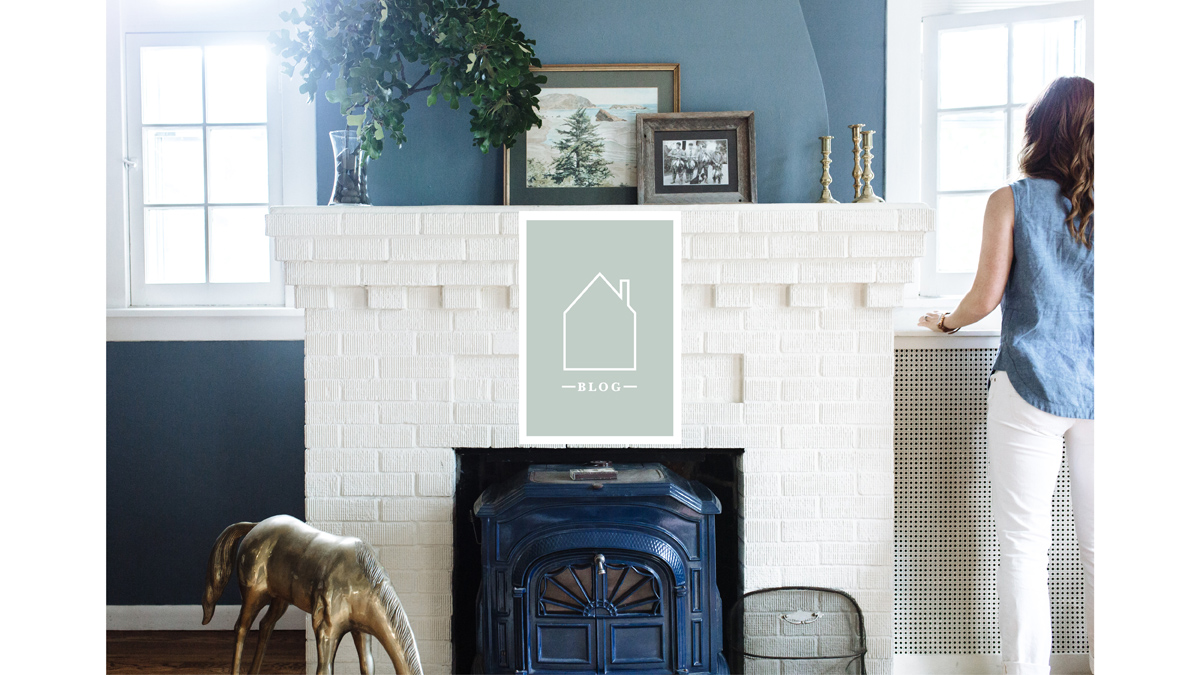updates on our basement
Emily Oster
I was going through some old posts today and realized I had yet to follow up on our basement water problems. To recap, back in December our basement started showing the first signs of having a water issue. Initially, it was contained to one separate room in the basement but as the winter and then the spring progressed, we started getting seepage through the walls and floor in other areas as well. We began the process of getting bids in March and were floored by how much a "complete system" would cost. In our case, a "complete system" would have involved a perimeter drain system and a sump pump. We ultimately decided to just start with the sump pump and see what that did for us. Without going into too much detail, a sump pump provides relief to what is termed hydrostatic pressure. Not all basement water issues are because of hydrostatic pressure but it our case it became pretty evident that this is what we were dealing with. In April, we found a contractor to install a sump pump - at a much more reasonable price - and let me tell you it was like Christmas morning when the crew arrived to put it in.
With our new sump pump installed, we enjoyed a dry basement! That is, until two weeks ago when we got hit with a solid week of heavy rain....The rainfall was extremely unusual in that it was caused by a tropical storm system but, nonetheless, it forcefully reminded us that our water basement issues are not resolved.
One of things that I have found most interesting in trying to understand our water issues is that most "common solutions" are aimed at trying to manage the water once it comes into the house rather than preventing its entrance in the first place. It really doesn't make much sense as I don't want water in the basement at all! So while, we haven't come up with clear next steps in tackling our basement water woes we do know that we want to address it from the outside. Generally, this means studying the path of the water in and around the house and finding a way of moving it away - far far away. Not really sure at this point how we go about doing this but we do know we need to:
1. Address the driveway as it runs right up against our foundation wall and most likely doesn't adequately pitch away from the house.
2. Look at our stone patio which also runs up against the house and has noticeable water drainage issues.
3. Figure out a general landscape plan that will provide a path for the water that leads away from the house.
Water is definitely a formidable opponent and as I continue to deal with these issues, I am learning that a big part of finding a solution is watching, testing and waiting to see what works.
Oh the joys of homeownership....
 asdfsdf
asdfsdf
